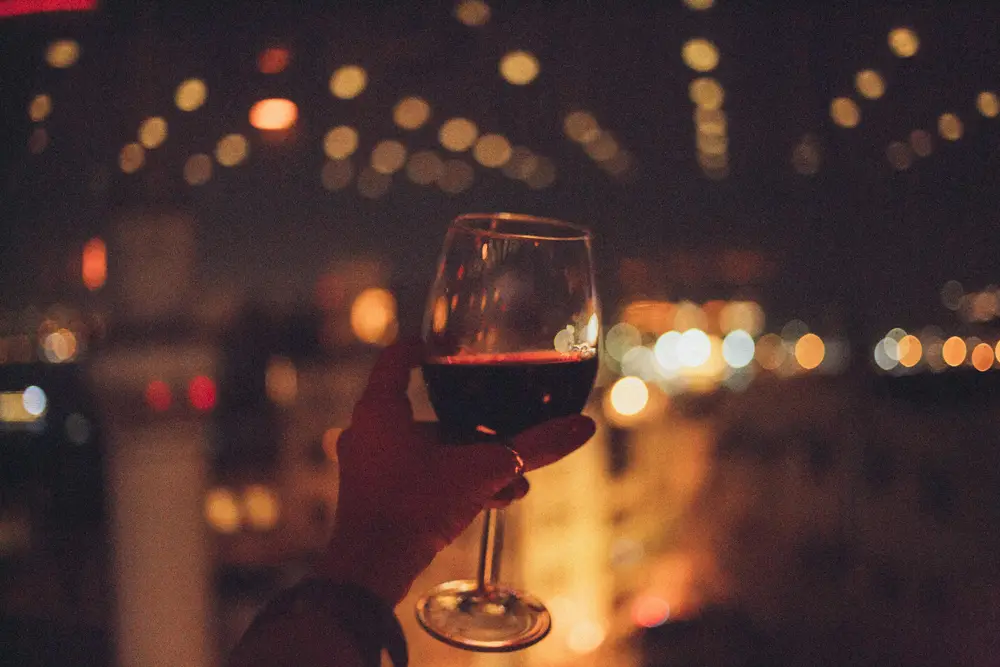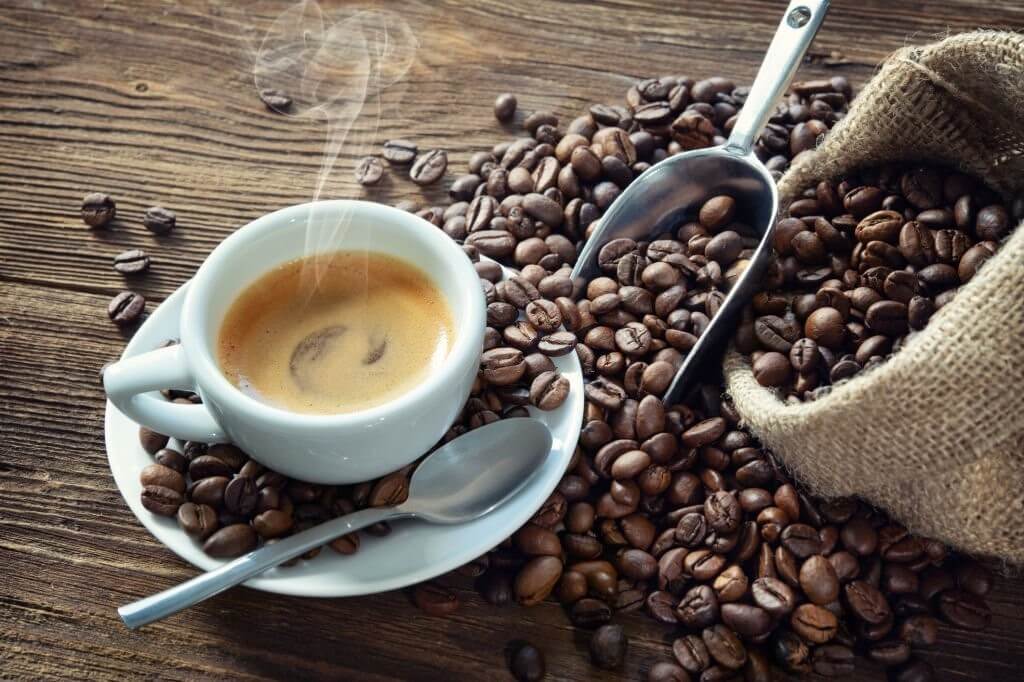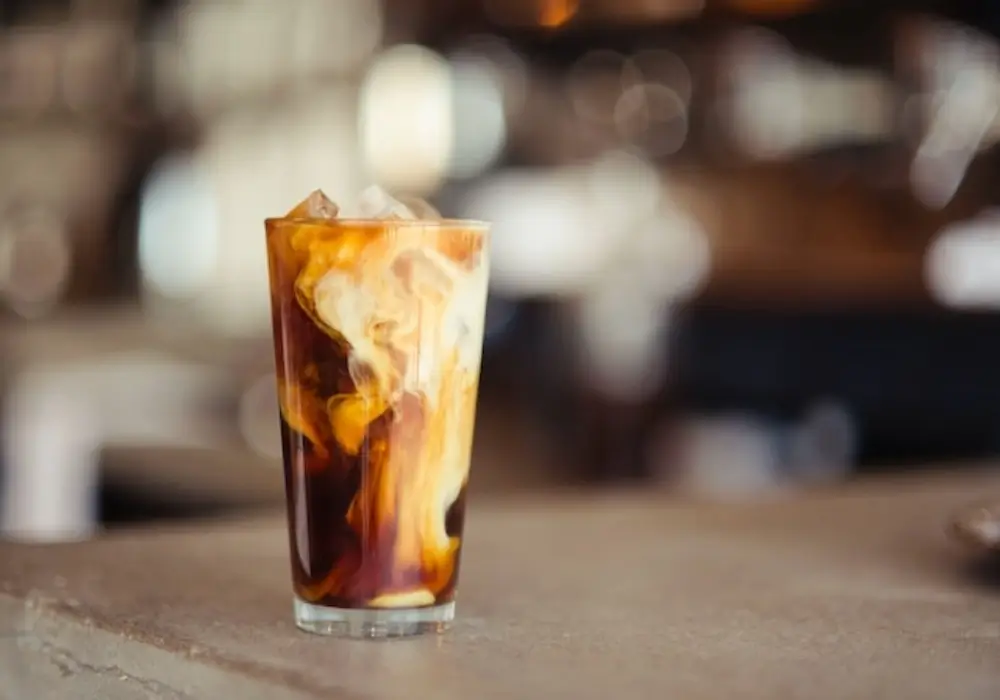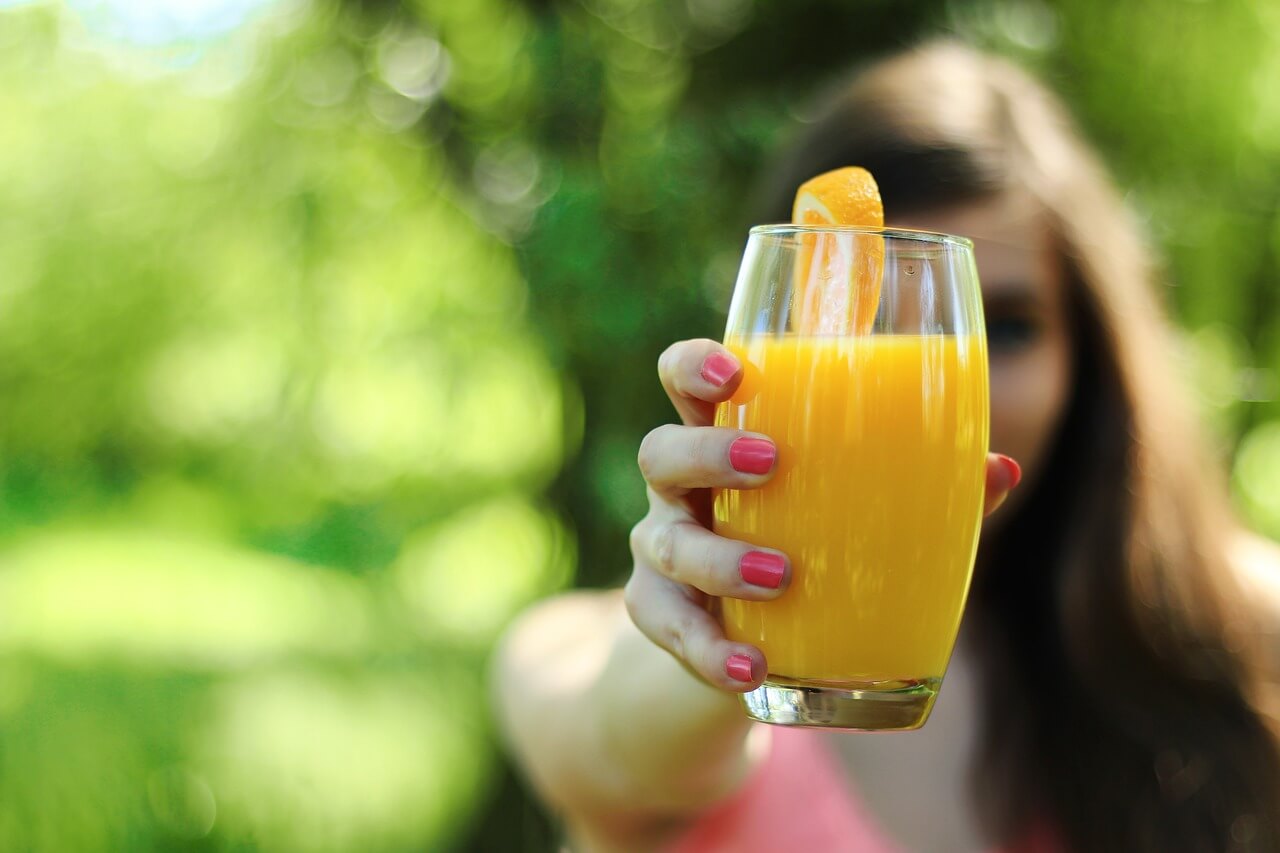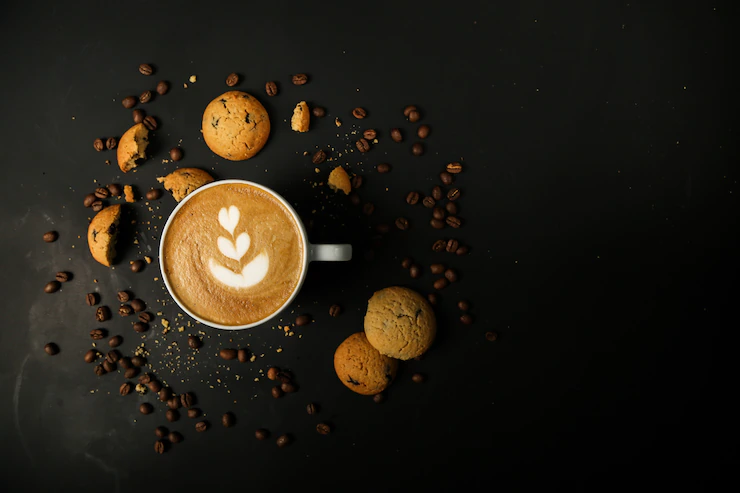Tasting is more than just an opportunity to sample various wines; it offers immersive experiences that engage the senses and deepen one’s appreciation for the art of winemaking. From the rituals of swirling and sniffing to the nuances of flavor profiles, tasting provides a window into the complex world of wine. This exploration will uncover five interesting facts about tasting, shedding light on the customs, traditions, and science behind this beloved pastime.
1. The Role of Terroir in Tasting
One fascinating aspect of tasting is the concept of terroir, which refers to the environmental factors that influence a wine’s flavor and character. These factors include soil composition, climate, altitude, and topography, all of which contribute to the unique expression of a wine’s terroir. During wine tastings, sommeliers and winemakers often discuss terroir and its impact on the wines being sampled, allowing participants to gain insights into how geographical differences shape wine profiles. Exploring wines from different regions with distinct terroirs provides a dynamic tasting experience, showcasing the diversity and complexity of the winemaking landscape.
2. The Importance of Wine Glass Shape
The shape and design of wine glasses play a crucial role in tasting, as they can significantly influence the aroma and taste of the wine. Different glass shapes are engineered to enhance specific varietals, allowing the wine to aerate properly and directing its aromas toward the nose. For example, glasses with larger bowls are ideal for bold red wines like Cabernet Sauvignon, allowing ample room for swirling and oxygenation. In contrast, narrower glasses are preferred for aromatic white wines like Riesling, concentrating the delicate aromas. By selecting the appropriate glassware, wine enthusiasts can maximize their tasting experience and appreciate the full spectrum of flavors and aromas present in each wine.
3. The Art of Wine Swirling and Sniffing
Wine-tasting etiquette often involves the ritual of swirling and sniffing the wine before taking a sip, a practice that serves to aerate the wine and release its aromas. Swirling the wine in the glass exposes it to oxygen, which helps to open up the aromas and flavors, allowing them to develop fully. Meanwhile, gently sniffing the wine allows the taster to detect subtle nuances and characteristics, such as fruit notes, floral aromas, and oak influences. This sensory exploration sets the stage for the tasting experience, providing valuable clues about the wine’s quality and complexity before it even touches the palate.
4. The Role of Palate Cleansers
Palate cleansers, such as water and bland crackers, play a vital role in tasting by neutralizing the palate between samples and preventing flavor fatigue. Sipping water and nibbling on crackers help to cleanse the palate of residual flavors from previous tastings, ensuring that each wine is evaluated with fresh senses. Additionally, palate cleansers can serve as a reset button for the taste buds, allowing tasters to fully appreciate the nuances of each wine without interference from lingering flavors. By incorporating palate cleansers into the tasting experience, participants can maintain their sensory acuity and derive maximum enjoyment from the wines being sampled.
5. The Benefits of Blind Tastings
Blind tastings, where the identity of the wines is concealed from the tasters, offer a compelling twist on traditional tasting, challenging participants to focus solely on the sensory experience without preconceived notions or biases. In blind tastings, wines are typically presented in identical vessels, eliminating visual cues that might influence perceptions of quality or value. This format encourages tasters to rely on their senses alone, sharpening their ability to discern differences in aroma, flavor, and texture. Blind tastings also foster lively discussion and debate among participants as they strive to identify grape varietals, regions, and winemaking techniques based solely on sensory clues.
Conclusion
Tasting is are multi-faceted experiences that engage the senses, stimulates curiosity, and fosters appreciation for the intricate world of wine. By delving into concepts such as terroir, the influence of glassware, the art of swirling and sniffing, the importance of palate cleansers, and the benefits of blind tastings, participants gain valuable insights into the science and culture of wine. So, whether attending a formal tasting event or hosting an informal gathering with friends, wine enthusiasts can elevate their tasting experiences by embracing these intriguing facts and immersing themselves in the rich tapestry of flavors and aromas that wine has to offer.
